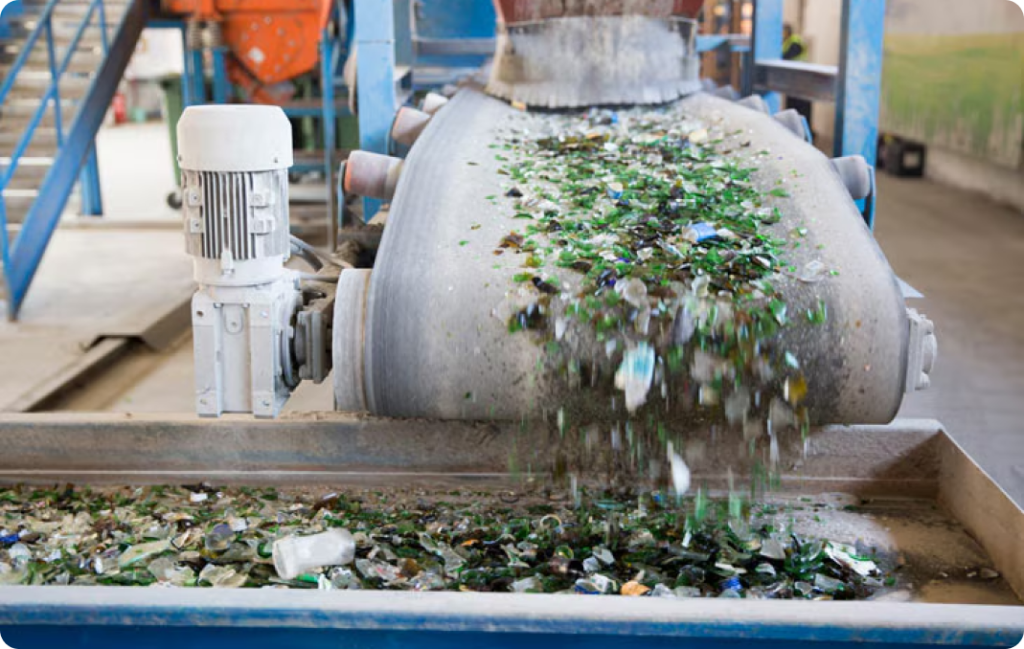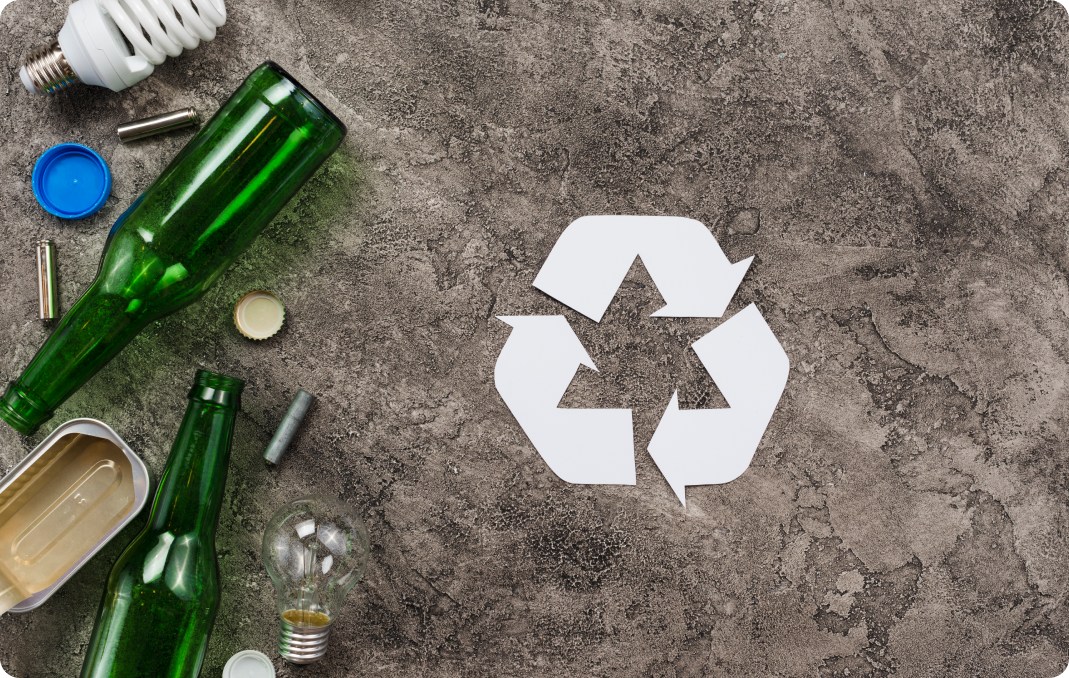Glass is a remarkable material that can be recycled infinite times without losing any of its original properties. This recycling process creates what is known as a ‘perfect circle’, exemplifying the circular economy and sustainability. Discover how glass is recycled.
It may seem incredible, but glass can be recycled over and over again without degrading. Recycling glass containers brings great benefits to the environment, as it reduces the extraction of raw materials, saves energy, reduces CO2 emissions and promotes a circular economy, supporting goal number 12 of the UN Sustainable Development Goals on responsible production and consumption. A goal of this goal is to significantly reduce waste generation through prevention, reduction, recycling and reuse by 2030.
What glass can be recycled?
Yes it can be recycled:
– Glass bottles (without cork or lid)
– Glass bottles, such as perfume bottles
– Food jars (without lid)
**Cannot be recycled:**
– Ceramic
– Porcelain
– Crystal glasses or glasses
– Light bulbs (must be stored in a clean place)
– Mirrors (must be deposited in a clean spot)
For optimal glass recycling, it is crucial to know which materials should be placed in green bins, as not all glass is recyclable. Some objects, due to their composition, can be harmful to the recycling process.
The glass recycling process
Before recycled glass is useful again, it goes through several stages:
1. Deposit in containers: Citizens and the hospitality sector deposit jars and bottles in designated containers, such as the green ones in Spain.
2. Selective collection: Trucks collect the glass from the containers and transport it to the treatment plant.
3. Arrival and cleaning: At the plant, the glass is cleaned and impurities are removed, such as lids, plugs, metal or plastic remains, ceramics and porcelain.
4. Crushing: The selected glass is crushed without the need for water.
5. Elimination of remains and obtaining raw materials: The crushed glass passes through machines with optical readers that eliminate any opaque remains, resulting in calcin, small pieces of clean glass ready to become new containers.

Benefits of using calcin
The use of calcin in the manufacture of new containers reduces CO2 emissions by 53% compared to the use of raw materials, since it melts at a lower temperature than sand, soda and limestone. The emission of 556,061 tons of CO2 related to the extraction and transportation of raw materials is also avoided, equivalent to traveling by plane the distance between Spain and Australia more than 100,000 times. In addition, 38% energy is saved, equivalent to the electricity consumption of all hospitals in Spain for two months, due to less extraction and transportation of raw materials and the reduction of temperature in the glass ovens.
Thanks to recycled glass, the extraction of more than one million tons of raw materials is avoided, equivalent to the weight of three Empire State Buildings.
Glass recycling in figures
In Mexico, according to the Ministry of Environment and Natural Resources (Semarnat), only 12% of the more than 2.5 million tons of glass containers discarded
